Home>Garden Essentials>How To Manicure Jasmine Ground Cover
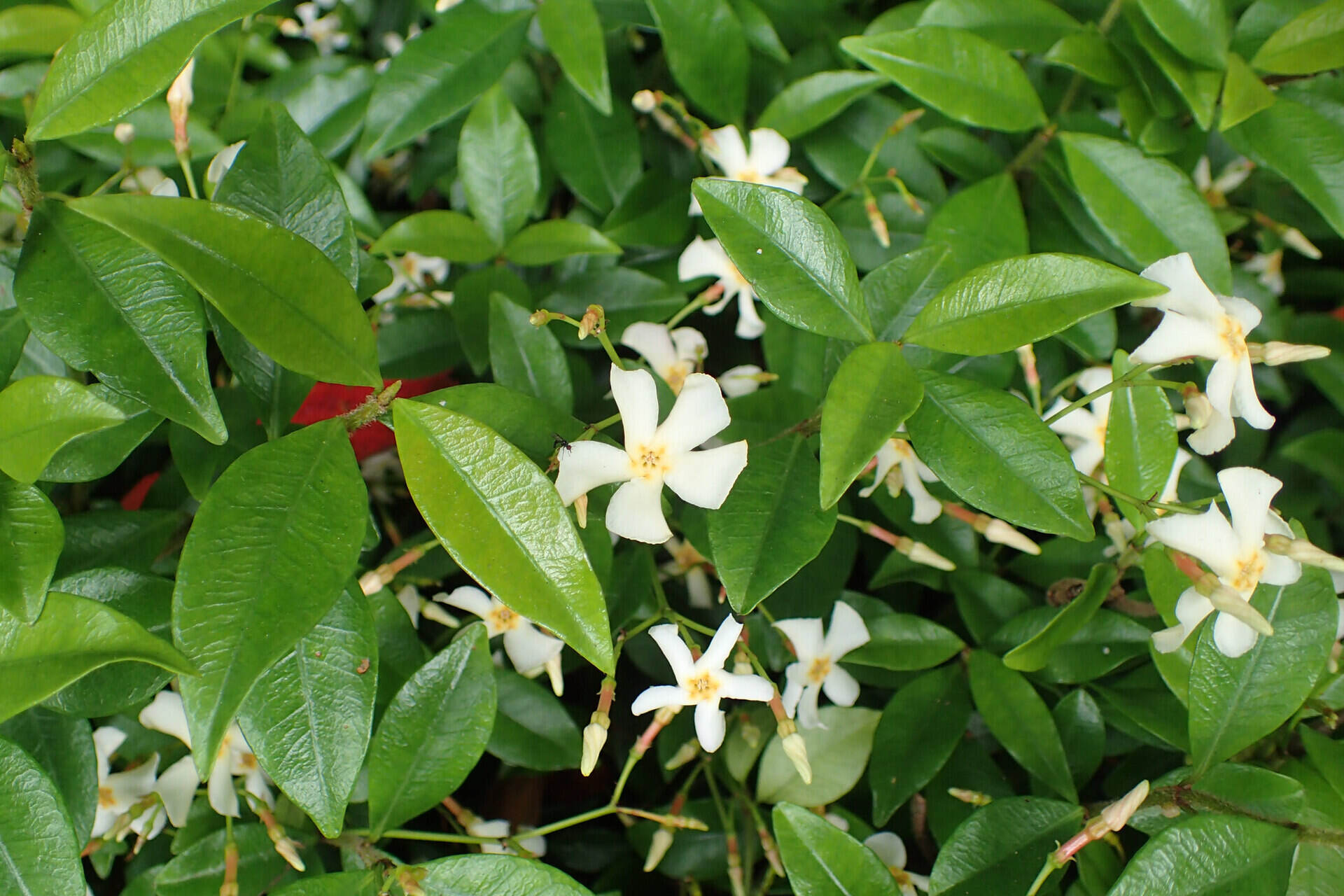

Garden Essentials
How To Manicure Jasmine Ground Cover
Modified: March 7, 2024
Learn how to manicure jasmine ground cover in your garden with our step-by-step guide. Create a vibrant and healthy outdoor space with expert tips and techniques.
(Many of the links in this article redirect to a specific reviewed product. Your purchase of these products through affiliate links helps to generate commission for Storables.com, at no extra cost. Learn more)
Introduction
Welcome to the world of jasmine ground cover – a beautiful and versatile plant that can transform your garden into a fragrant oasis. With its delicate flowers and lush green foliage, jasmine ground cover is a popular choice for both novice and experienced gardeners alike.
In this article, we will guide you through the process of manicuring jasmine ground cover to help you achieve a stunning and well-maintained garden.
Jasmine ground cover, also known as Trachelospermum jasminoides or Confederate jasmine, is a perennial vine that is cherished for its fragrant white flowers and ability to provide ground cover in various areas of your garden. Its low spreading nature makes it an excellent choice for filling in bare patches or creating a vibrant carpet-like effect.
While jasmine ground cover is relatively low-maintenance, a little manicuring can go a long way in ensuring its health and enhancing its aesthetic appeal. Whether you’re planning to plant jasmine ground cover for the first time or looking to revitalize an existing patch, our step-by-step guide will provide you with all the necessary information.
Before we dive into the manicuring process, it’s important to understand the key factors that contribute to the success of your jasmine ground cover. These factors include selecting the right location, proper preparation before planting, regular maintenance, and dealing with pests and diseases.
So, let’s roll up our sleeves and get ready to transform your garden with manicured jasmine ground cover! Follow our easy step-by-step instructions, and soon you’ll be enjoying the beauty and fragrance of a well-groomed and healthy garden.
Key Takeaways:
- Transform your garden with fragrant jasmine ground cover by selecting the right location, preparing the area, and providing regular maintenance. Enjoy the beauty and fragrance of this versatile plant!
- Keep your jasmine ground cover healthy and vibrant by pruning, shaping, and monitoring for pests and diseases. With proper care, your garden will bloom with the delightful fragrance of jasmine.
Read more: How To Get Rid Of Jasmine Ground Cover
Step 1: Selecting the Right Location
Choosing the right location for your jasmine ground cover is crucial for its long-term health and growth. Jasmine ground cover thrives in well-draining soil and requires a spot that receives full sunlight to partial shade.
When selecting a location, consider the following factors:
- Sunlight: Find an area in your garden that receives at least 4-6 hours of sunlight per day. While jasmine ground cover can tolerate partial shade, it blooms best when exposed to ample sunlight.
- Soil Drainage: Ensure that the soil in the chosen spot has good drainage. Jasmine ground cover does not tolerate waterlogged soil, as it can lead to root rot and other diseases. If your soil holds water, you can improve drainage by amending it with organic matter or creating raised beds.
- Protection from Harsh Elements: Consider placing your jasmine ground cover where it will be protected from strong winds or extreme weather conditions. Cold drafts or excessive heat can adversely affect the health and growth of the plant.
Additionally, it’s essential to assess the surrounding space and plan for the spreading nature of jasmine ground cover. Keep in mind that this plant can be invasive if left unchecked. Therefore, avoid planting it near other delicate plants or structures that may be overshadowed or crowded out.
Once you have identified the right location, it’s time to move on to the next step – preparing the area for planting.
Step 2: Preparation Before Planting
Preparing the area before planting jasmine ground cover is crucial for its successful establishment and growth. Follow these steps to ensure your plants have the best possible start:
- Clear the Area: Start by removing any existing weeds, grass, or debris from the planting area. This will eliminate competition for nutrients and space, allowing your jasmine ground cover to thrive.
- Soil Preparation: Jasmine ground cover prefers well-draining soil with a slightly acidic to neutral pH level (around 6.0 to 7.0). Test your soil using a pH testing kit available at most garden centers. If your soil is too acidic, you can raise the pH by adding lime. Conversely, if the soil is too alkaline, you can lower the pH by incorporating sulfur or peat moss.
- Amending the Soil: If your soil is heavy clay or lacks organic matter, it’s beneficial to incorporate compost, well-rotted manure, or other organic amendments. This will improve the soil’s structure, drainage, and fertility, creating an ideal environment for your jasmine ground cover to thrive.
- Proper Spacing: Consider the spreading nature of jasmine ground cover and ensure appropriate spacing between plants. Aim for a spacing of about 12-18 inches (30-45 cm) between each plant to allow for proper air circulation and future growth.
- Watering: Before planting, thoroughly water the area to ensure the soil is moist. This will help the plants settle in quickly and reduce the stress of transplantation.
Take the time to prepare the area adequately, as it will set the foundation for healthy and vigorous jasmine ground cover. Once you have completed the necessary preparations, you are ready to move on to the exciting part – planting your jasmine ground cover!
Step 3: Planting Jasmine Ground Cover
Now that you have prepared the area, it’s time to start planting your jasmine ground cover. Follow these steps to ensure a successful planting process:
- Digging the Hole: Dig a hole that is slightly larger and deeper than the root ball of your jasmine ground cover plant. The hole should be wide enough to accommodate the spread of the roots.
- Removing the Plant from its Container: Gently tap the sides of the container to loosen the plant. Carefully remove the plant from the container, taking care not to damage the roots.
- Placing the Plant in the Hole: Position the plant in the center of the hole, ensuring that it is at the same depth as it was in the container. The top of the root ball should be level with the surrounding soil surface.
- Backfilling: Fill the hole with the soil mixture, gently tamping it down to remove air pockets and provide firm support for the plant. Avoid compacting the soil too heavily, as it can hinder root growth and drainage.
- Watering: After planting, thoroughly water the area to settle the soil and ensure good root-to-soil contact. This will help the plant establish itself faster.
- Mulching: Apply a layer of organic mulch, such as wood chips or shredded bark, around the base of the plant. Mulching helps retain moisture, suppress weeds, and regulate soil temperature.
- Staking (if necessary): If your jasmine ground cover plant is tall or has weak stems, you may need to provide support in the form of stakes or trellises. This will prevent the plant from flopping over or getting damaged by wind.
Once you have planted your jasmine ground cover, give it some time to establish itself. Regular watering and maintenance will be essential during this period to ensure healthy growth. In the next step, we will discuss watering and maintenance in more detail.
Step 4: Watering and Maintenance
Proper watering and regular maintenance are key to the health and longevity of your jasmine ground cover. Follow these guidelines to ensure your plants thrive:
- Watering: Water your jasmine ground cover deeply but infrequently. When newly planted, provide ample water to help establish the roots. Once established, jasmine ground covers generally require about 1 inch of water per week. However, adjust the frequency based on the weather conditions and soil moisture levels. Avoid over-watering, as it can lead to root rot.
- Mulching: Maintain a layer of organic mulch around your jasmine ground cover. This will help retain moisture, suppress weeds, and regulate soil temperature. Be sure to replenish the mulch as needed to maintain a 2-3 inch thickness.
- Fertilizing: Jasmine ground cover generally doesn’t require heavy fertilization. However, a light application of balanced organic fertilizer in early spring can provide a boost of nutrients. Follow the manufacturer’s instructions for proper application rates.
- Weeding: Regularly inspect and remove any weeds that may emerge around your jasmine ground cover. Weeds compete for nutrients and resources, which can hinder the growth of your plants.
- Monitoring: Keep an eye out for any signs of pests or diseases. Monitor your plants regularly for common insects like aphids or scale, and promptly take action if any issues arise. Early detection and treatment can prevent severe damage to your jasmine ground cover.
- Pruning: Regular pruning helps maintain the shape and size of your jasmine ground cover. Prune after the blooming season to remove any dead or damaged branches. You can also lightly trim back the plant to encourage bushier growth. Avoid severe pruning, as it can reduce flowering.
- Supporting Climbing Jasmine Ground Cover: If you have planted a climbing variety of jasmine ground cover, provide support such as a trellis or arbor for it to grow and climb on. Regularly check and adjust the support as the plant grows.
By following these watering and maintenance practices, you will ensure the health and vigor of your jasmine ground cover. In the next step, we will discuss pruning and shaping techniques to enhance the appearance of your plants.
To manicure jasmine ground cover, trim back any overgrown or straggly stems to maintain a tidy appearance. Avoid cutting into old wood, and prune after flowering to encourage new growth.
Read more: How To Plant Star Jasmine Ground Cover
Step 5: Pruning and Shaping
Pruning and shaping your jasmine ground cover is essential for maintaining its appearance and promoting healthy growth. By following these pruning techniques, you can keep your plants looking tidy and encourage optimal flowering:
- Pruning Timing: Ideally, prune your jasmine ground cover after the blooming season. This timing allows you to remove any dead or damaged branches while still preserving the new growth for the next season. In most cases, pruning in late winter or early spring is recommended.
- Pruning Technique: Begin by removing any dead, diseased, or crossing branches. These can hinder the overall health and growth of your jasmine ground cover. Use sharp and clean pruning shears for a clean cut, making the cuts at a 45-degree angle just above a node or bud.
- Thinning Out: If your jasmine ground cover becomes overly dense or starts to crowd out surrounding plants, consider thinning out some of the branches. This involves selectively removing some of the older and weaker branches at their base. This allows for better air circulation and light penetration, promoting healthier growth.
- Encouraging Bushier Growth: To promote bushier growth and a fuller appearance, lightly trim back the tips of the branches. This stimulates the growth of lateral branches, resulting in a more compact and lush jasmine ground cover. Be cautious not to over-prune, as it can reduce flowering.
- Shaping and Controlling Spread: If you want to control the spread of your jasmine ground cover or shape it to fit a specific area, you can trim back the edges. This helps maintain a neat and defined boundary while preventing the plant from spreading too aggressively. Again, moderate pruning is recommended to avoid inhibiting flowering.
- Disinfecting Tools: After each pruning session, disinfect your pruning tools with a solution of 70% isopropyl alcohol or a diluted bleach solution. This prevents the spread of diseases or pests from one plant to another.
Remember to step back periodically and assess the overall appearance of your jasmine ground cover as you prune. This will allow you to maintain a balanced and visually appealing shape. With regular pruning and shaping, your jasmine ground cover will continue to thrive and enhance the beauty of your garden.
Step 6: Dealing with Pests and Diseases
While jasmine ground cover is relatively resistant to pests and diseases, it’s important to stay vigilant and address any issues promptly to maintain the health of your plants. Here are some common pests and diseases you may encounter and how to deal with them:
- Aphids: Aphids are small, sap-sucking insects that can cause wilting and deformities. To control an aphid infestation, you can use insecticidal soap or a strong spray of water to dislodge them from the leaves. Ladybugs and lacewings are natural predators that can help control aphids in your garden.
- Scale Insects: Scale insects are small, immobile pests that attach themselves to the stems and leaves. They can cause yellowing, stunted growth, and black sooty mold. Prune and dispose of heavily infested branches, and use horticultural oil or insecticidal soap to treat the remaining scales.
- Fungal Diseases: Jasmine ground cover can be susceptible to fungal diseases such as powdery mildew and root rot. To prevent fungal infections, avoid over-watering and ensure good air circulation around the plants. If fungal issues arise, you can treat them with fungicides labeled for ornamental plants, following the manufacturer’s instructions carefully.
- Spider Mites: Spider mites are tiny pests that suck the sap from plants, causing yellowing and webs on the leaves. Use an insecticidal soap or a strong spray of water to control spider mites. Introducing predatory mites or beneficial insects like ladybugs can also help keep their populations in check.
- Leaf Spot: Leaf spot is a fungal disease characterized by dark spots on the leaves. To manage leaf spot, remove and discard infected leaves, and avoid overhead watering that can spread the disease. Fungicidal sprays may be necessary for severe infections.
- Crown Gall: Crown gall is a bacterial disease that causes the formation of rough, tumor-like growths on the stems. It’s important to avoid planting jasmine ground cover in areas where plants with crown gall have been previously present. There is no cure for crown gall, so prevention is key.
Regularly inspect your jasmine ground cover for any signs of pests or diseases. Early detection and immediate action can prevent severe damage and help maintain the health of your plants. If you’re unsure about the identification or treatment of a particular problem, consult with a local extension office or a professional horticulturist.
Step 7: Tips for Healthy Growth
To ensure the healthy growth and longevity of your jasmine ground cover, here are some additional tips and recommendations:
- Regular Monitoring: Keep a close eye on your jasmine ground cover throughout the growing season. Look for any signs of stress, discoloration, or unusual behavior. Regular monitoring allows you to address issues promptly and maintain the overall health of your plants.
- Provide Adequate Support: If you have planted a climbing variety of jasmine ground cover, provide sturdy support such as a trellis or arbor. Regularly check and adjust the support as the plant grows to prevent damage and promote vertical growth.
- Protect from Extreme Temperatures: Extreme temperatures, whether hot or cold, can stress jasmine ground cover. Consider providing some protection, such as shade cloth during scorching summers or frost blankets during cold winters. This will help maintain a comfortable environment for your plants.
- Regular Feeding: While jasmine ground cover doesn’t require heavy fertilization, providing a balanced organic fertilizer in early spring can help promote healthy growth and blooming. Follow the manufacturer’s instructions for the recommended application rates.
- Stay Consistent with Watering: Maintaining a consistent watering routine is crucial for the optimal health of your jasmine ground cover. To avoid over-watering or under-watering, check the soil moisture levels regularly and adjust your watering schedule accordingly.
- Encourage Air Circulation: Good air circulation is important for preventing diseases and promoting healthy growth. Avoid planting jasmine ground cover too close together or crowding them with other plants. Prune the plants selectively to improve air movement and reduce the risk of fungal infections.
- Regular Mulching: Renew the layer of organic mulch around your jasmine ground cover annually. This will help retain moisture, regulate soil temperature, and suppress weed growth. Ensure the mulch is not in direct contact with the stems to prevent rotting or fungal issues.
- Appropriate Pruning: Prune your jasmine ground cover selectively and at the right time to encourage bushier growth, prevent overcrowding, and maintain a pleasing shape. Avoid heavy pruning that can impact flowering potential.
- Enjoy the Fragrance: One of the joys of growing jasmine ground cover is its delightful fragrance. Take time to enjoy the aroma and appreciate the beauty of your plants. Harvest a few blooms to bring their wonderful scent indoors.
By implementing these tips, you will provide your jasmine ground cover with the best possible conditions for healthy growth, ensuring that your garden is filled with the beauty and fragrance of this lovely plant.
Conclusion
Congratulations! You’ve reached the end of our comprehensive guide on how to manicure jasmine ground cover. With the information and step-by-step instructions provided, you’re well-equipped to transform your garden into a fragrant and vibrant oasis.
Starting from selecting the right location to the final tips for healthy growth, we’ve covered all the necessary steps to ensure the success of your jasmine ground cover. Remember to choose a location with adequate sunlight and well-draining soil, prepare the area before planting, and provide regular watering and maintenance.
Pruning and shaping your jasmine ground cover will not only enhance its appearance but also help maintain its health and promote optimal growth. Keep an eye out for potential pests and diseases, taking prompt action to prevent any issues from escalating.
By following these guidelines, you’ll be well on your way to enjoying a beautiful carpet of fragrant jasmine ground cover in your garden. Take time to appreciate the delicate flowers, enjoy the fragrance, and share the beauty with others.
Remember, gardening is a continuous learning process. As you gain more experience, adjust your techniques and adapt to the specific needs of your jasmine ground cover. Stay curious, explore new methods, and seek advice from fellow gardeners or local horticultural experts.
So, step into your garden with confidence and embark on the journey of manicuring your jasmine ground cover. May the beauty and fragrance of these lovely plants bring you joy and tranquility throughout the seasons.
Frequently Asked Questions about How To Manicure Jasmine Ground Cover
Was this page helpful?
At Storables.com, we guarantee accurate and reliable information. Our content, validated by Expert Board Contributors, is crafted following stringent Editorial Policies. We're committed to providing you with well-researched, expert-backed insights for all your informational needs.
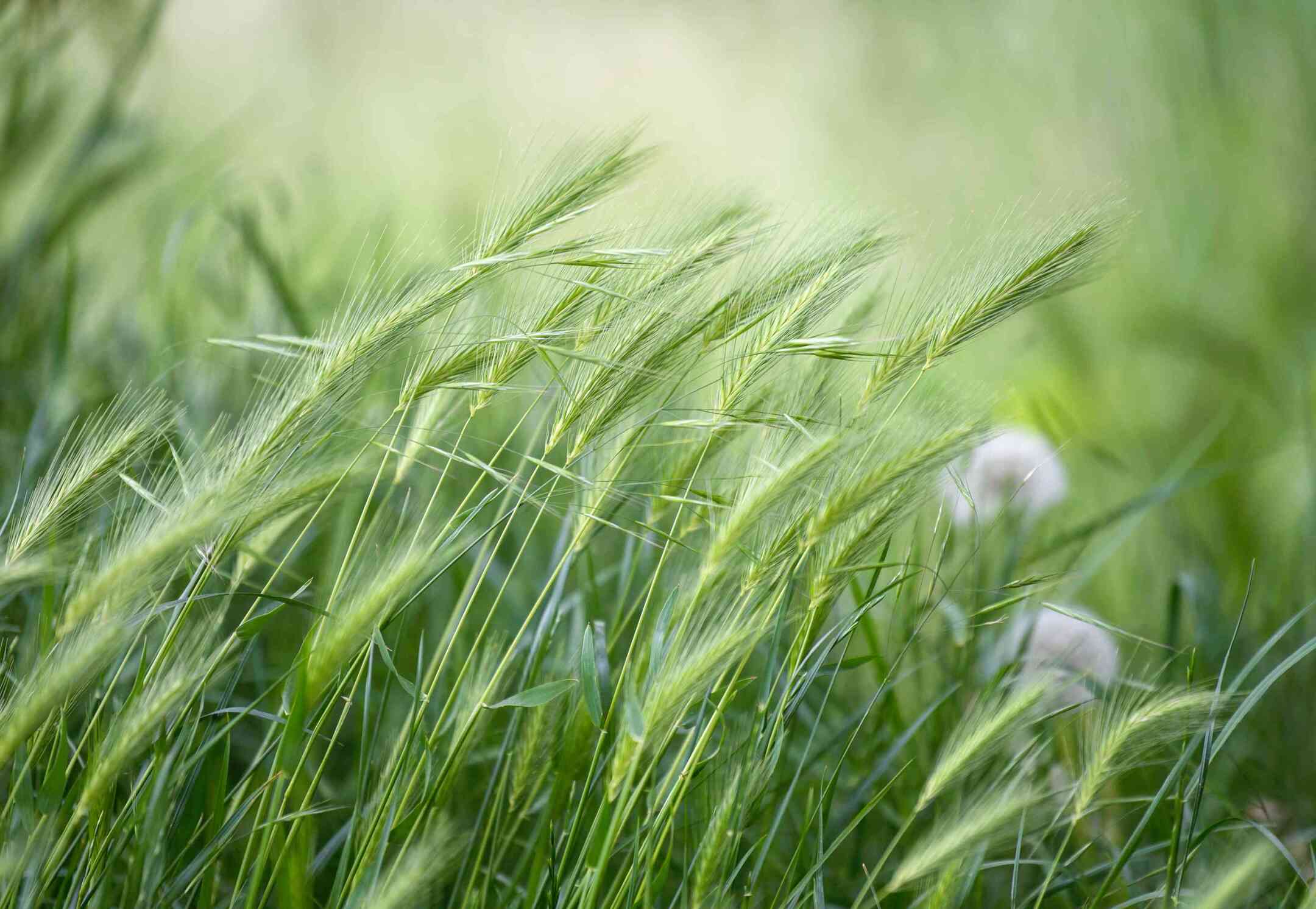
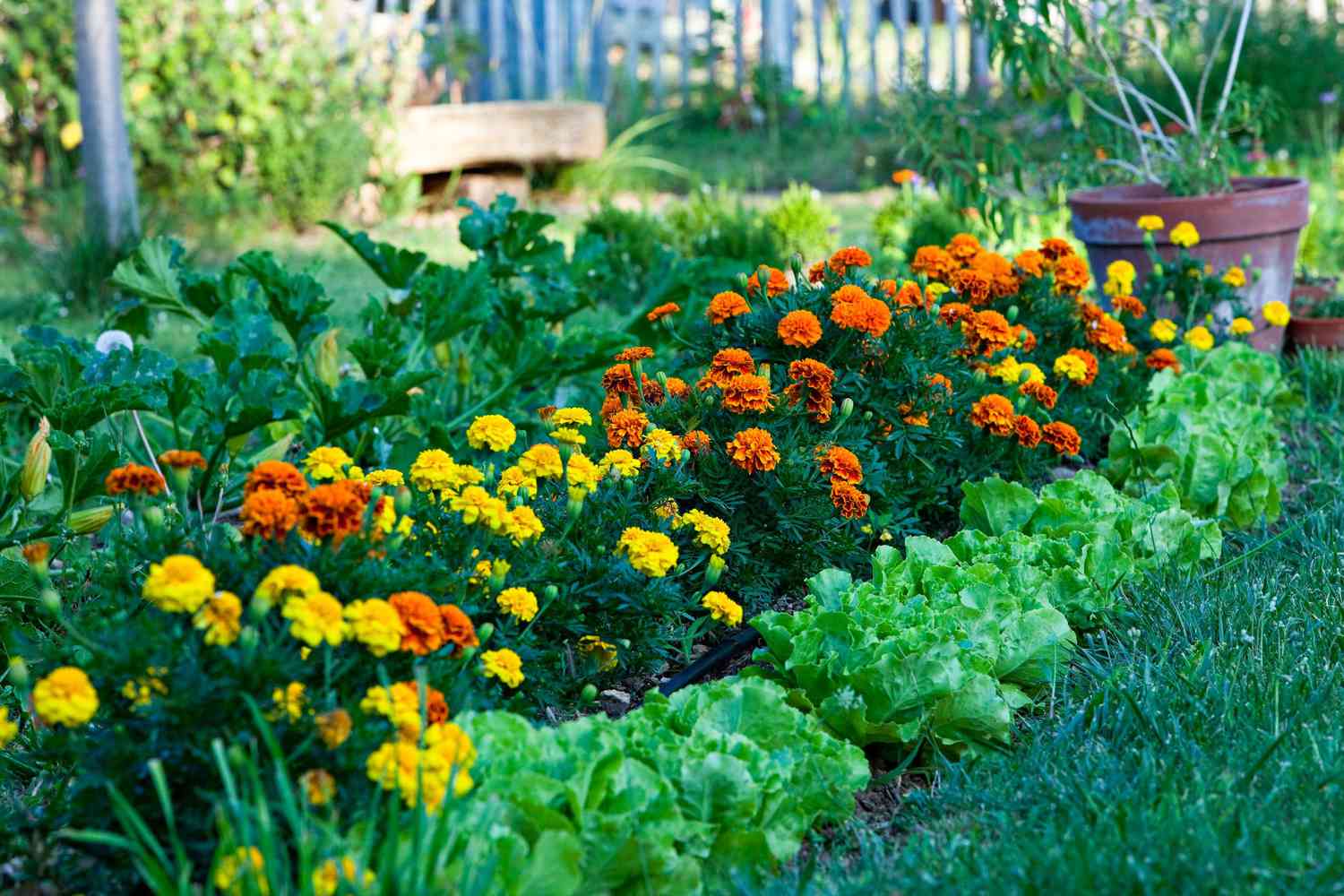
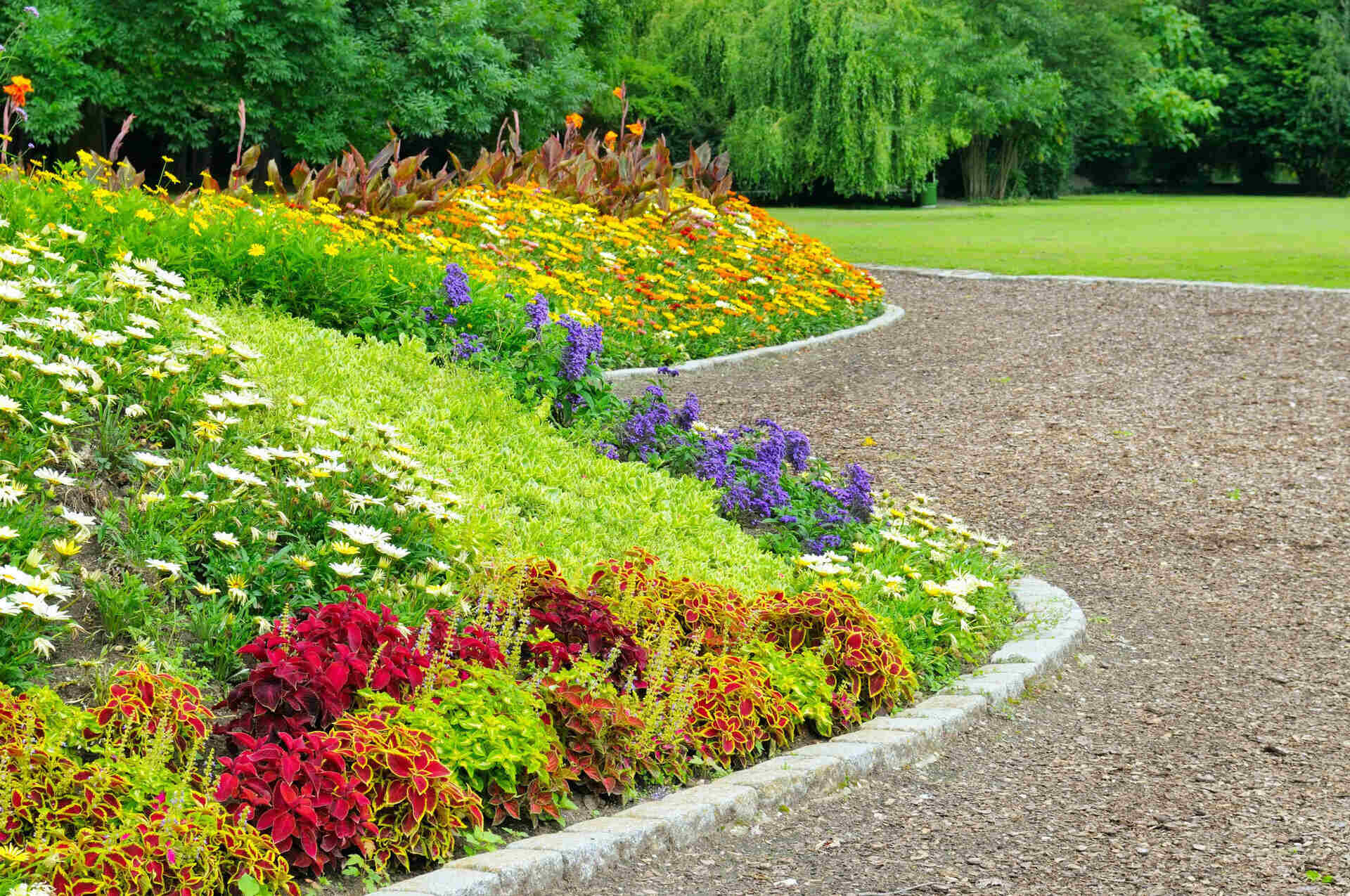
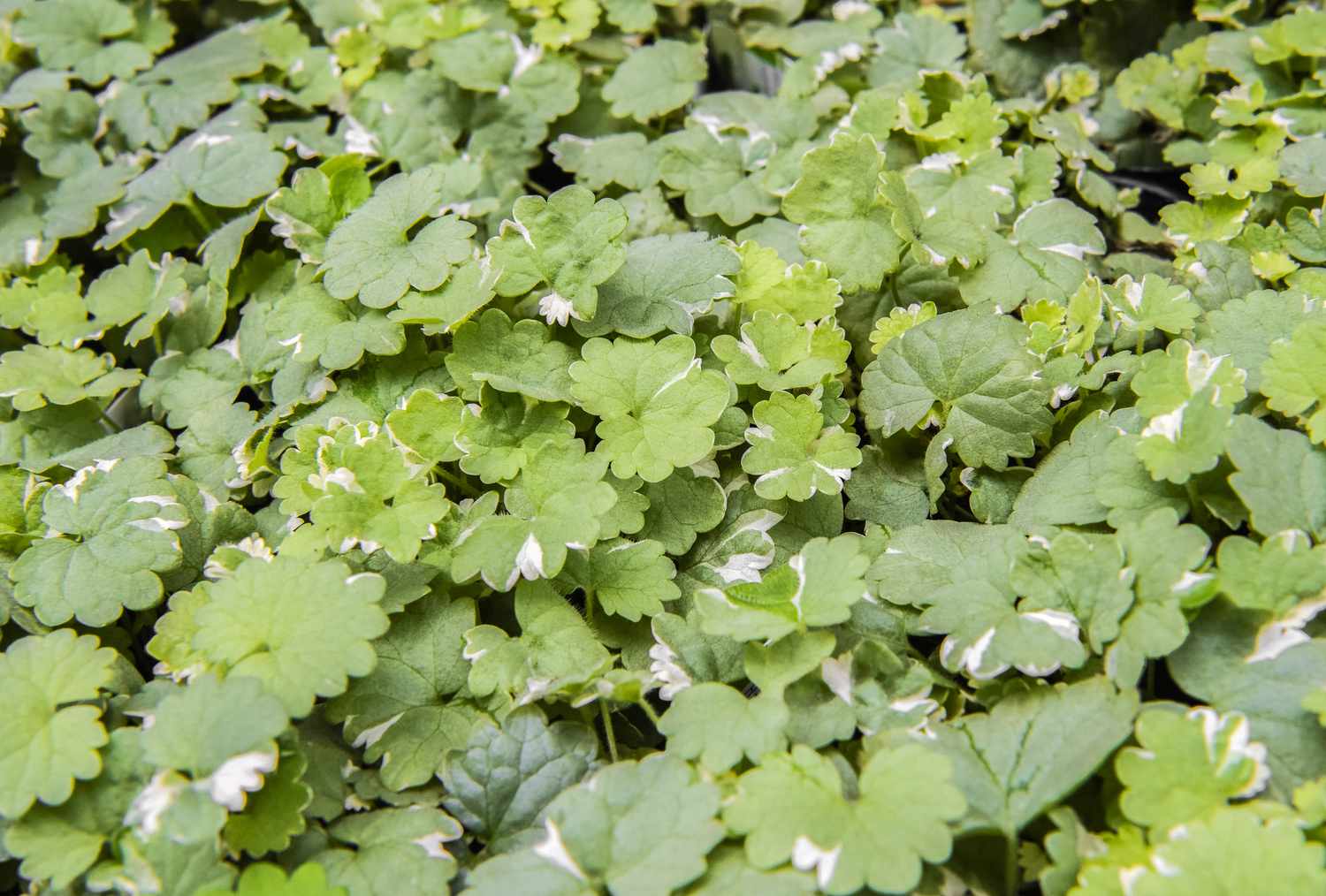
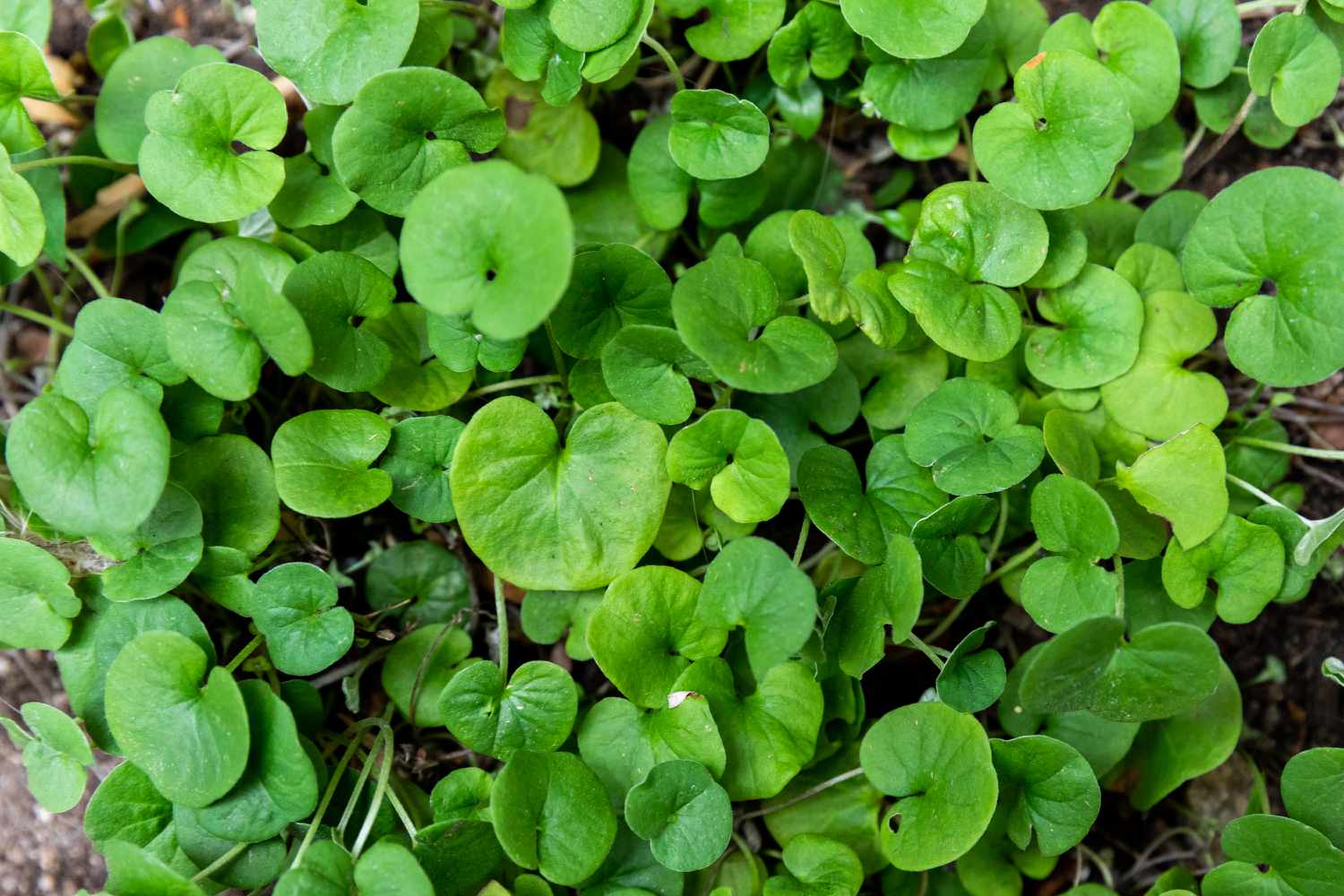
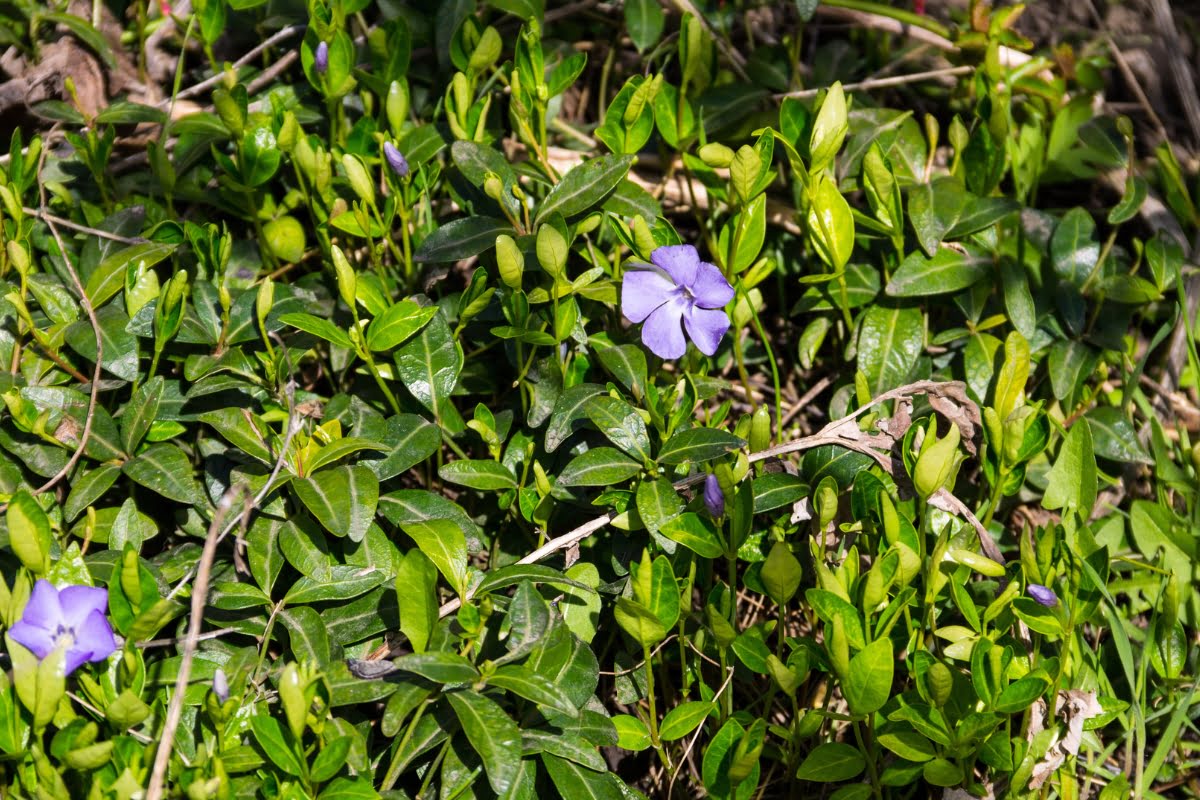
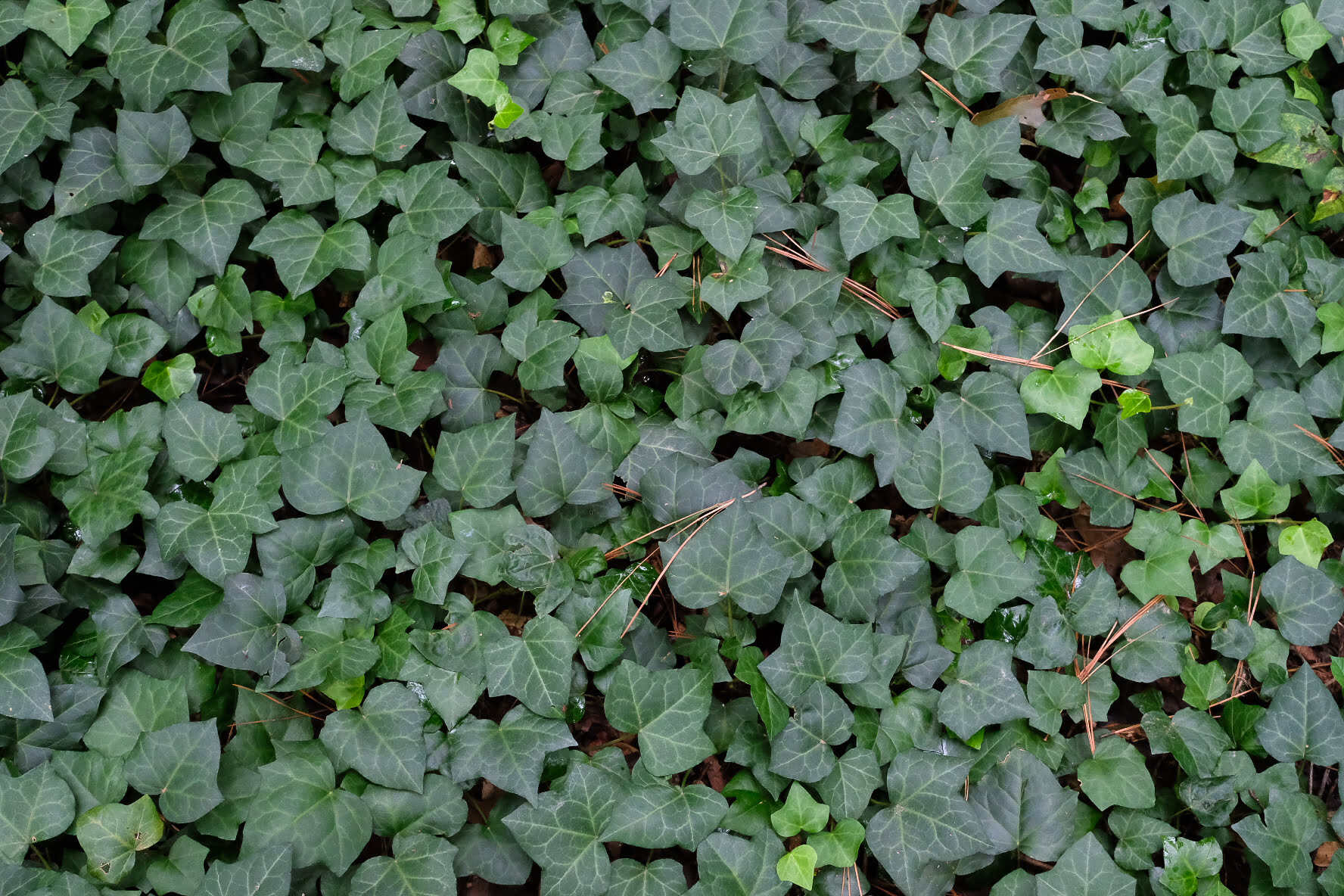
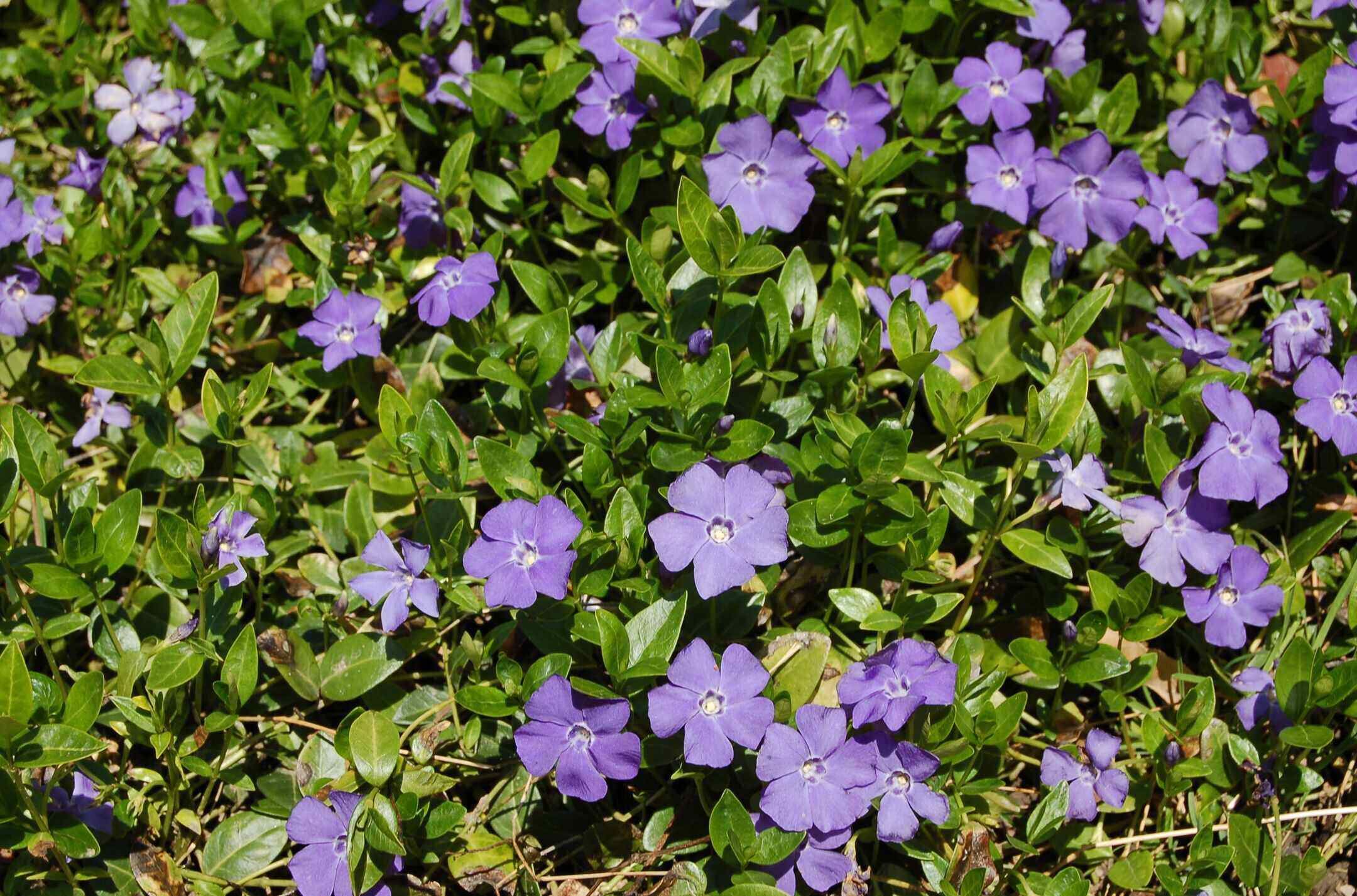
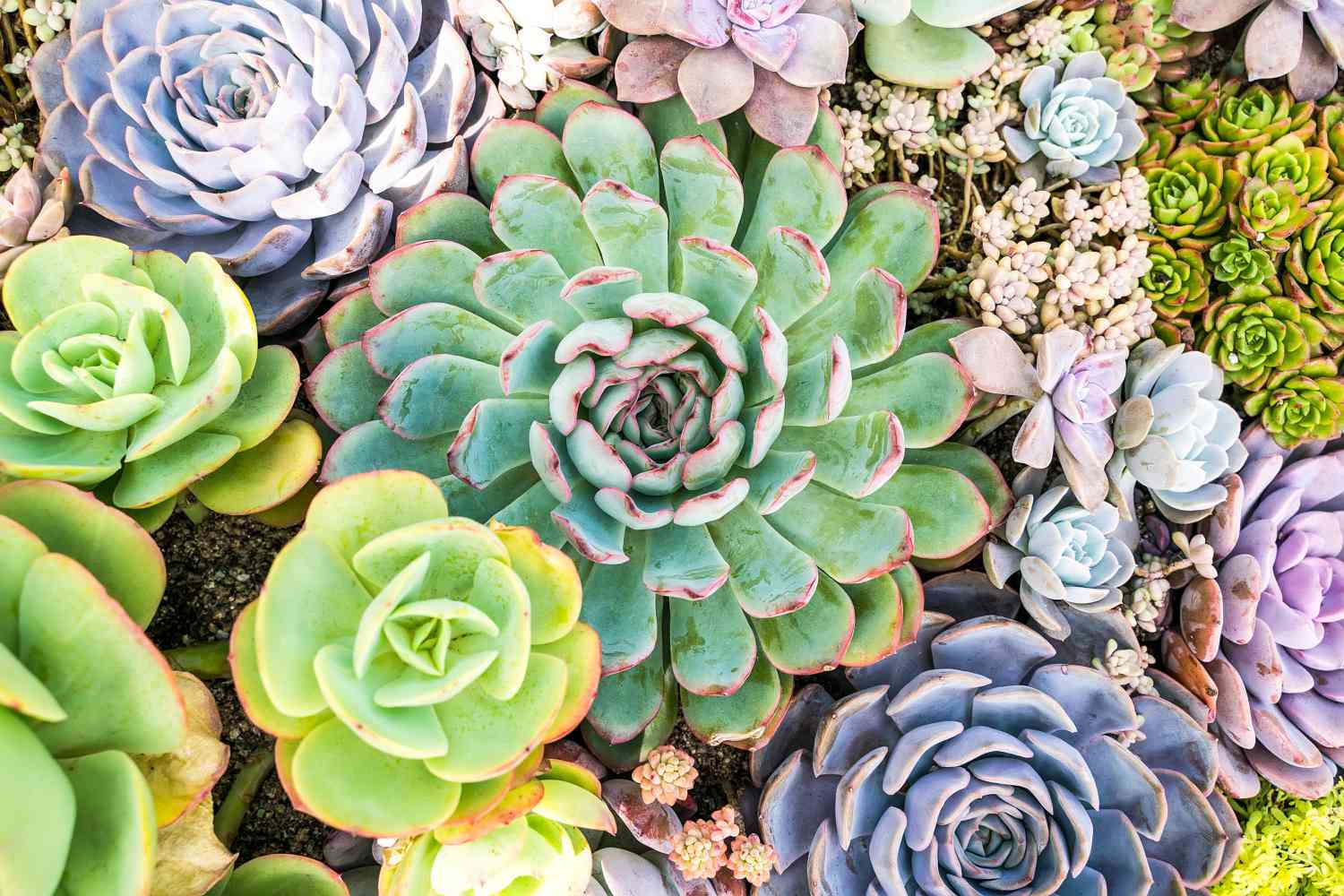
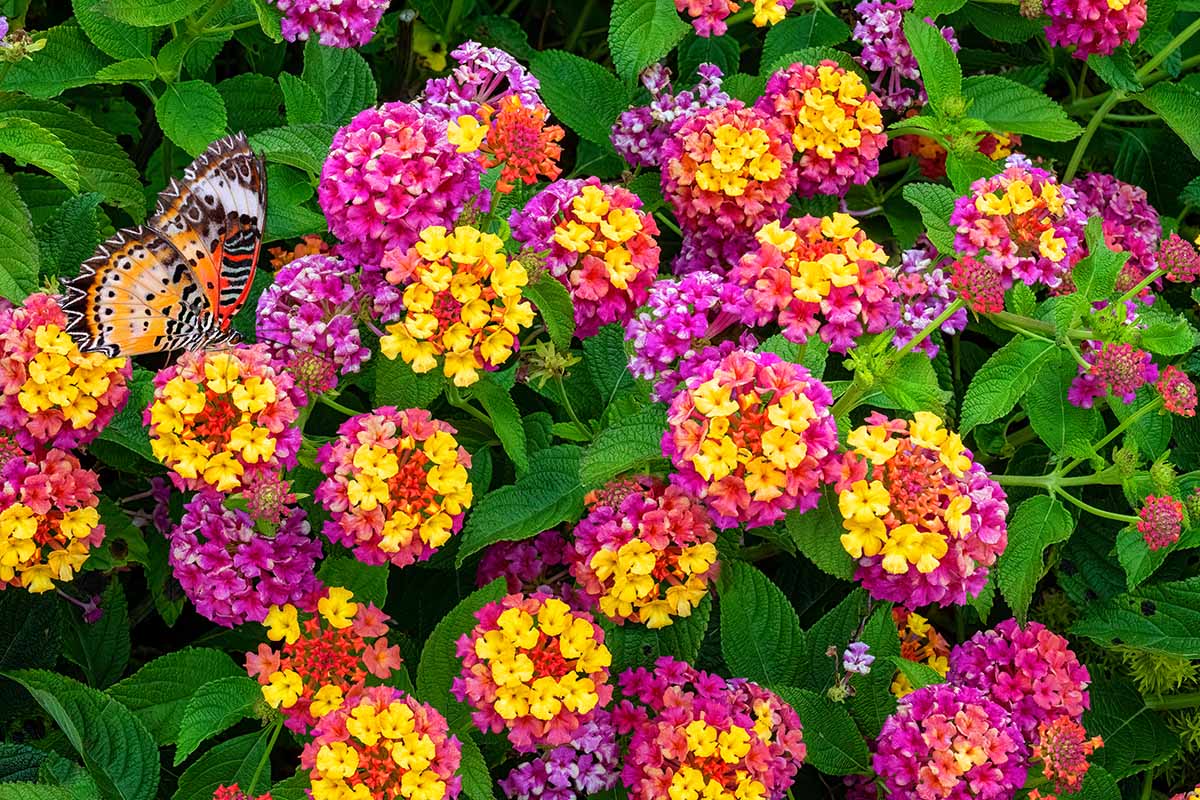
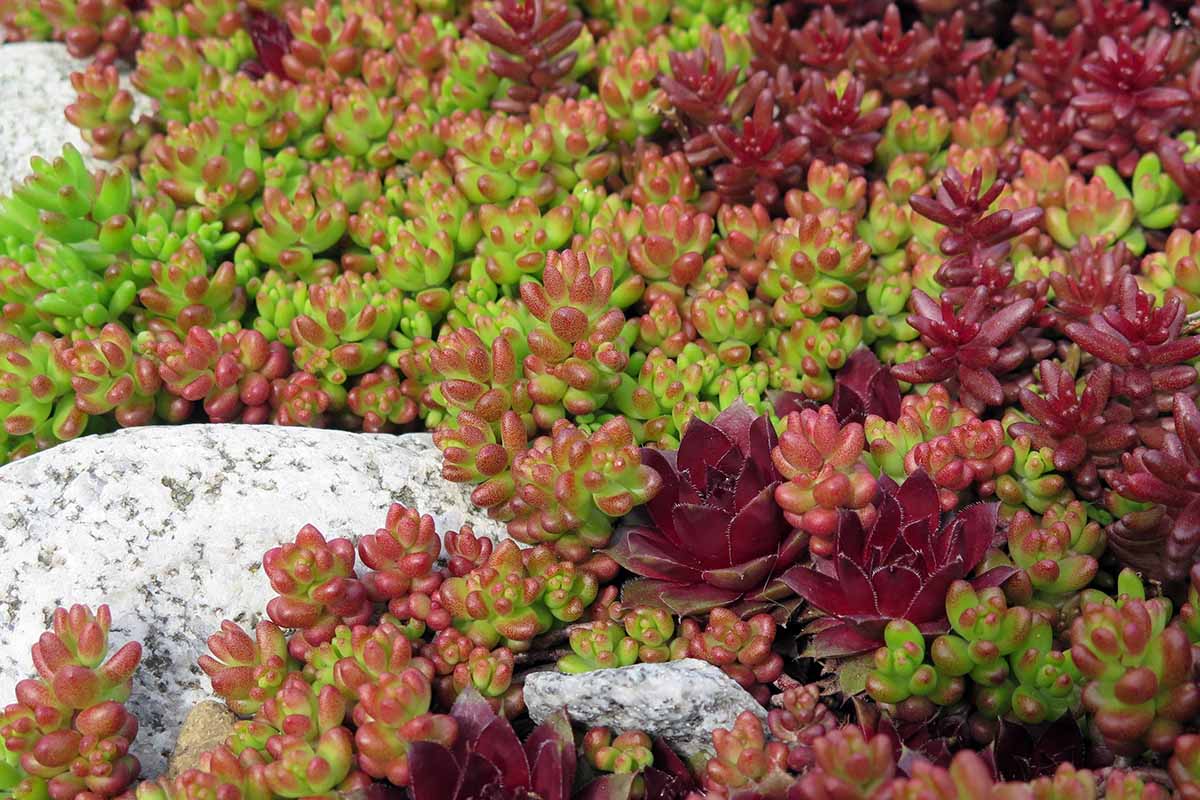
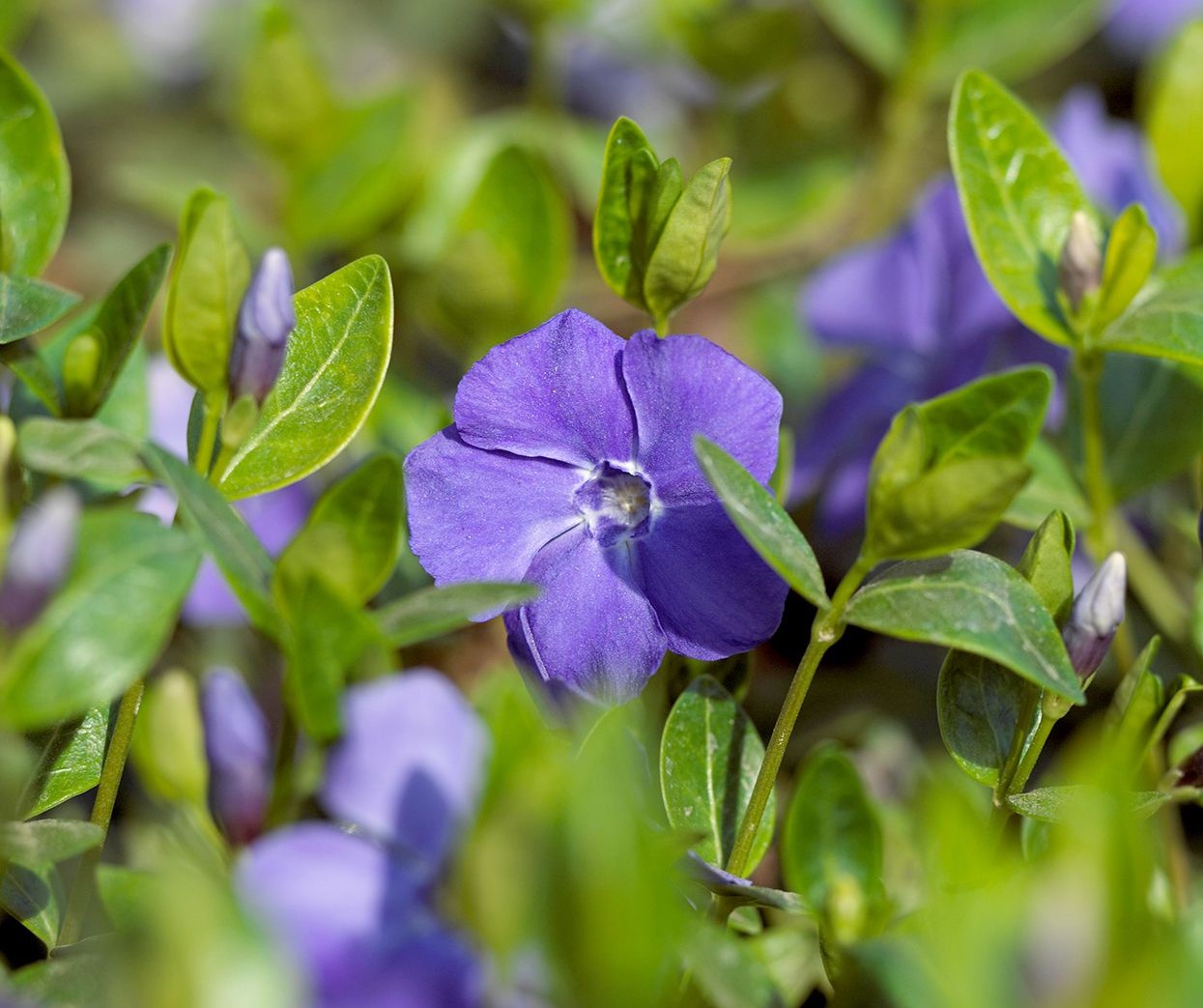
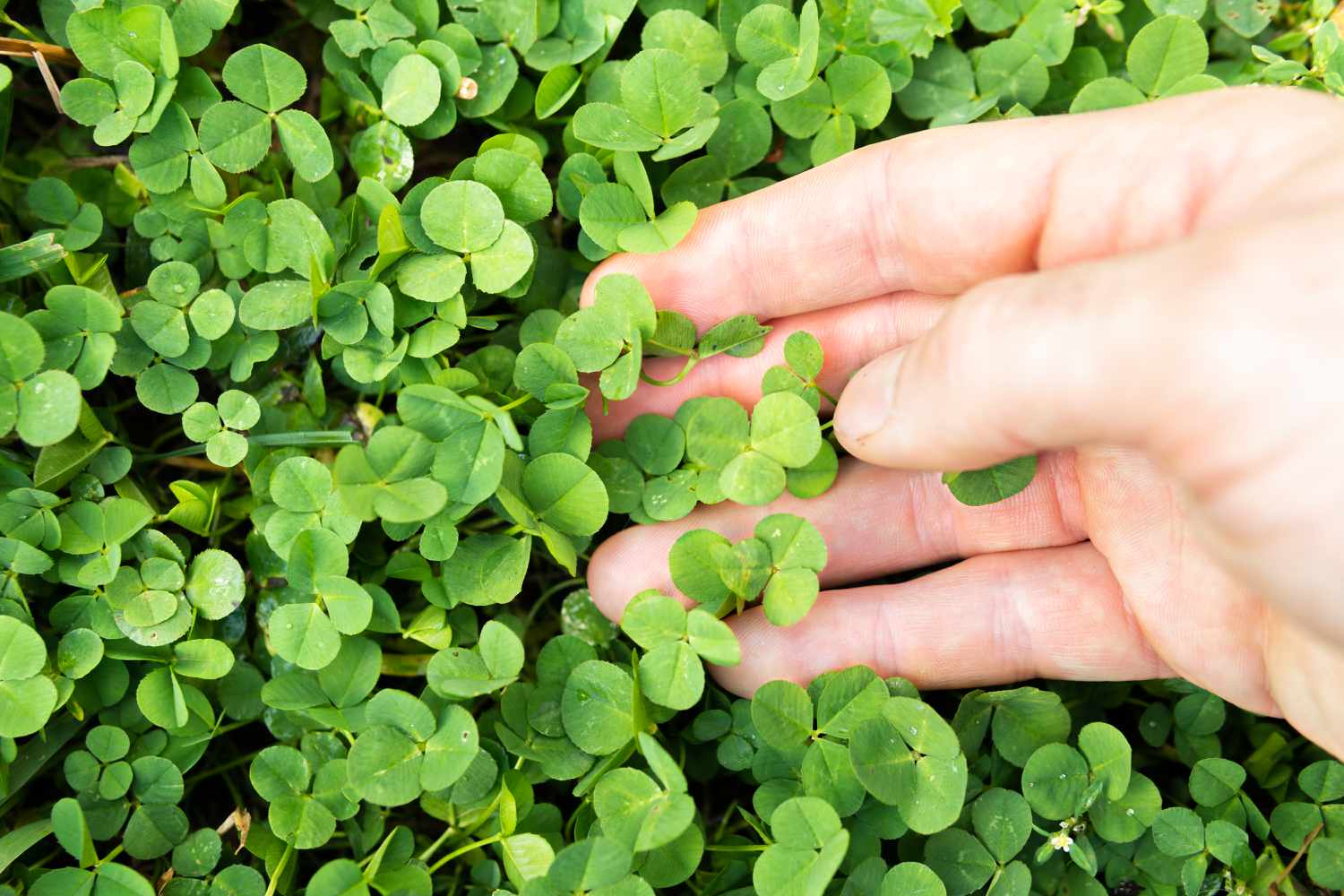


0 thoughts on “How To Manicure Jasmine Ground Cover”